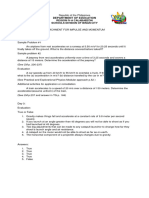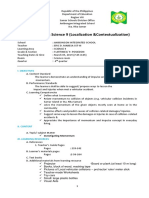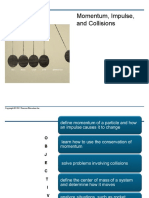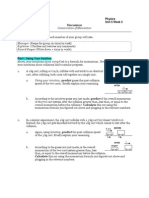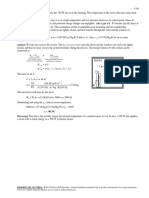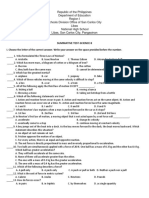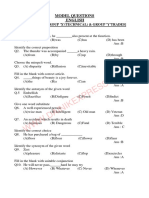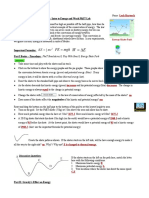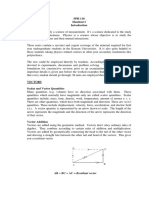0% found this document useful (0 votes)
35 views12 pagesPhysics1 PPT
The document describes experiments to observe how varying mass affects momentum in collisions and how friction force and velocity are related. Small marbles, a golf ball, and boards were used to create a track and perform pendulum-like collisions. The mass, velocity, and momentum were measured before and after collisions. It was observed that smaller, faster objects can achieve the same momentum as larger, slower objects. Static friction depends on applied force, not velocity.
Uploaded by
Britany SantosCopyright
© © All Rights Reserved
We take content rights seriously. If you suspect this is your content, claim it here.
Available Formats
Download as PDF, TXT or read online on Scribd
0% found this document useful (0 votes)
35 views12 pagesPhysics1 PPT
The document describes experiments to observe how varying mass affects momentum in collisions and how friction force and velocity are related. Small marbles, a golf ball, and boards were used to create a track and perform pendulum-like collisions. The mass, velocity, and momentum were measured before and after collisions. It was observed that smaller, faster objects can achieve the same momentum as larger, slower objects. Static friction depends on applied force, not velocity.
Uploaded by
Britany SantosCopyright
© © All Rights Reserved
We take content rights seriously. If you suspect this is your content, claim it here.
Available Formats
Download as PDF, TXT or read online on Scribd
/ 12
